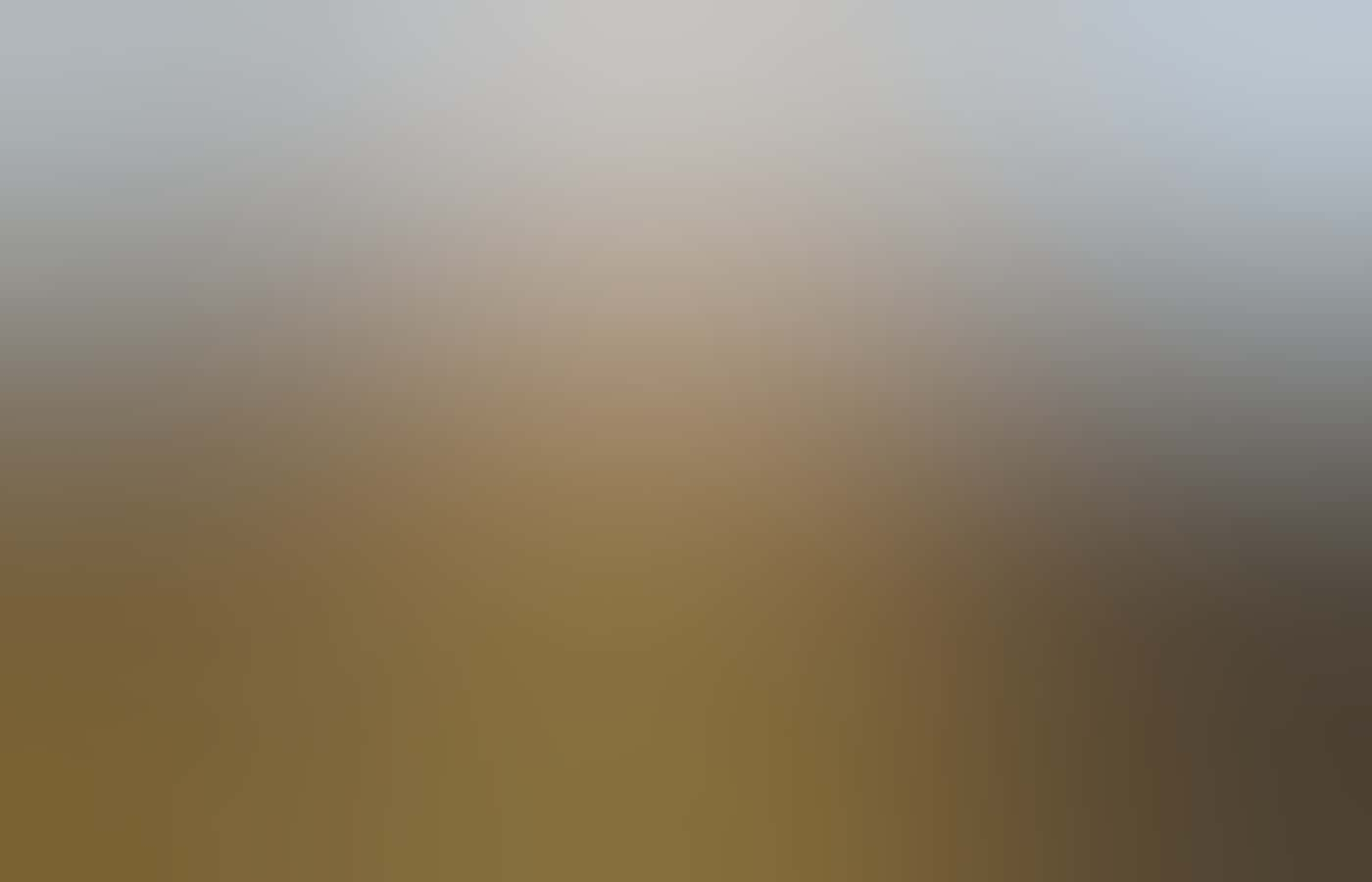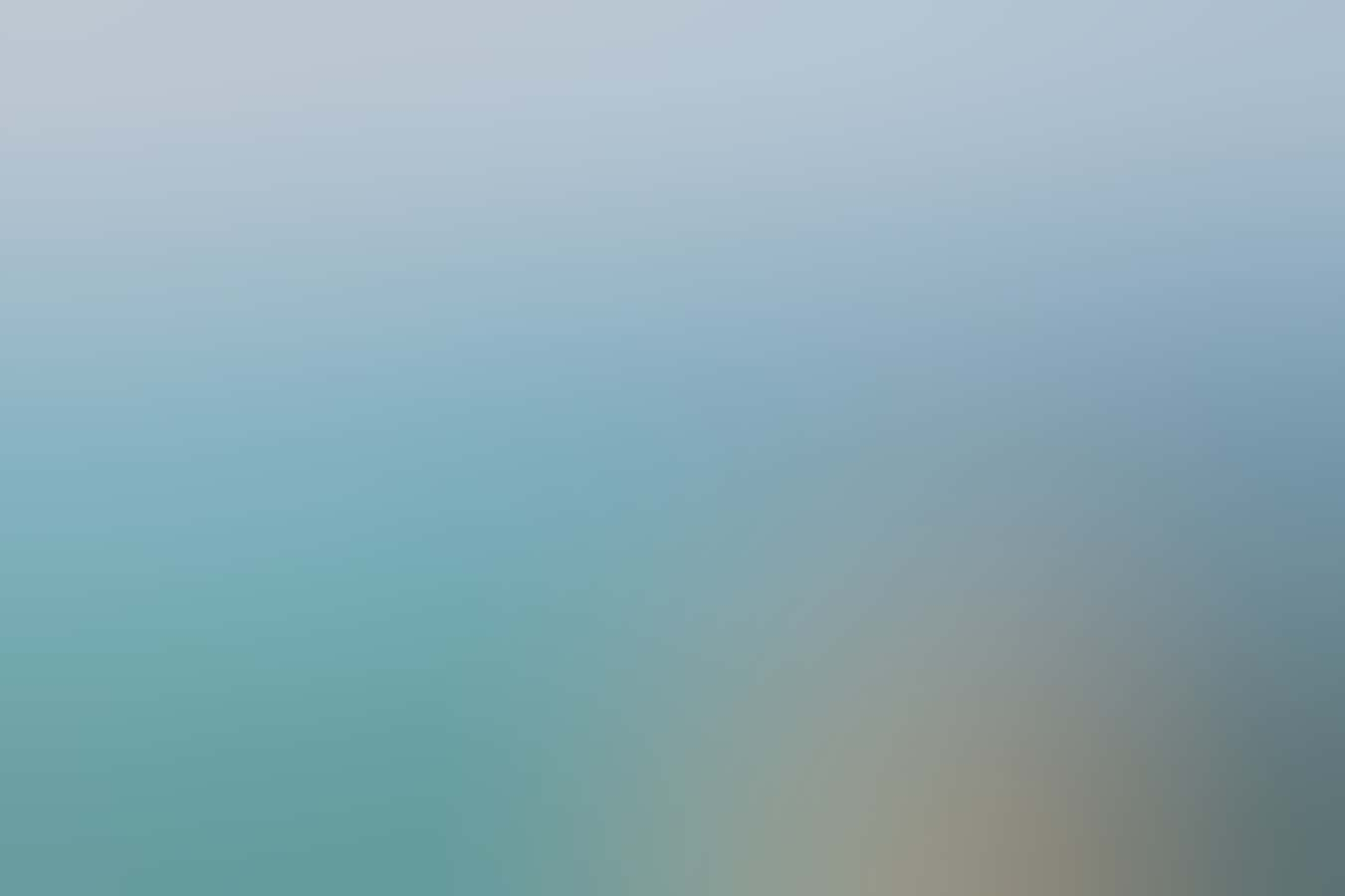Feature by Fleur Bainger
How many cities in the world can you think of where an enormous native park has been preserved only 2km from city centre skyscrapers? In the West Australian capital of Perth, a free, five minute public bus ride is all it takes to be inhaling the scent of native wildflowers while listening to bird chatter, surrounded by a dozen shades of sun-bleached green. Even the grizzle of urban traffic melts away as one of the largest inner-city parks in the world envelopes you in distinctly Australian wilderness.
Kings Park and Botanic Garden is nearly three times bigger than London’s Hyde Park. It even dwarf’s New York City’s Central Park. It’s criss-crossed by nature trails, many of them wending through untamed bushland. Donkey orchids peer from beneath muscular banksia plants, shaded by twisted marri boughs. Some 326 plant species native to the Perth region grow here, creating the impression you’re in the middle of the Aussie bush, even as you cross a lofty tree canopy bridge and marvel at a regal, 760 year old boab transported more than 3000km from the Kimberley.

Aboriginal Cultural Tours of Kings Park, Nyungar Tours
The free-to-visit park’s long-protected existence – it officially opened in 1890 – is indicative of the value Perth locals place on embracing the outdoors. Many fit in an ocean swim, bush walk or river kayak before work; others escape to the city environs on weekends, eager to explore the surrounding escarpment, waterfalls and hiking trails that lie only 30 minutes by car from the city’s heart. When visitors are in town, they invariably take them to swim with dolphins, see little penguins, spot kangaroos or meet a smiling quokka. Unlike most cities, wild encounters are astonishingly accessible in Perth.

Quokka on Rottnest Island
Nature island
No other capital city in Australia has an island – let alone many - right on its doorstep. The most famous, Rottnest Island, is a Class A Nature Reserve, a revered status that ensures its wilderness is consciously preserved. Sleeping over in such an environment allows for all sorts of wildlife encounters, and it’s only a 19km ferry-ride from Perth. By moonlight, dozens of the world’s happiest animal, quokkas hop across the narrow paths before you. The smiling, selfie-posing macropods are often seen cosying up with a celebrity by day, but the species is actually nocturnal, and this is the best way to encounter them.
Native frogs also get active by night, with the motorbike frog, moaning frog and squelching froglet harmonising in the island wetlands, which also attract rare migratory birds. Rottnest is ringed with 45km of walking trails, leading you through lake systems, woodlands, scrub heath and coastal habitats; all places where the observant will spot diverse fauna and flora. Go alone, with a Rottnest Volunteer Guide or join The Hike Collective to discover the raw environment.
Around the island’s edges, giant osprey nests are visible, a colony of fur seals float atop reefs and migrating humpback whales can be spotted breaching. Some 20 species of coral and more than 400 fish species are protected by five marine sanctuary zones; read about it all underwater, by following the Parker Point snorkel trail.

Parker Point, Rottnest Island
Getting wild on land
Kangaroos, koalas and other cuddly Australian marsupials don’t only live in the outback. They’re all visible in Perth. Each evening, around sunset, a small group of kangaroos emerges on Heirisson Island, smack bang in the centre of the city. The sanctuary, found on the isle’s fenced, western side, is a forgotten teardrop of nature, covered in native grasses, reeds and trees. Only half an hour’s drive from it, in the Perth Hills, more wild roos hop between bushes and wildflowers in John Forrest National Park. Some are so tame, they laze around the park tavern – and sometimes hop through the bar.
Nearby, winter rains fuel the 40m drop of Lesmurdie Falls, seen via a 2km descending walking trail along the Darling Range escarpment. It passes two floating platform lookouts with yawning views of the distant city skyline. The Kaarakin Black Cockatoo Conservation Centre, a wildlife rescue, rehabilitation and release facility is found elsewhere in the Perth Hills. Arrange a private tour to meet the native birds, which are under threat of extinction.
About 45 minutes’ drive north of the city, follow a raised boardwalk through one of the state’s largest populations of koalas, in Yanchep National Park. Koalas are not native to WA, so it’s rare to see them; a colony was first brought into Yanchep in the 1930s, revealing koalas to the locals from that time on. Just nearby, scores of kangaroos converge on the property’s lush grasslands, nibbling with joy.
Koalas are not native to WA and were brought into the NP decades ago.

John Forrest National Park
Getting wild at night
It’s incredibly rare to see a woylie. Looking like a cross between a tiny kangaroo and a quokka, the brush-tailed creature is critically endangered and nocturnal – most Australians have never seen one. But 20 minutes’ drive north-east of Perth CBD, in the protected habitat of Woodland Reserve, you can observe scores of them up close using special night-vision torches. The quenda, which resembles a rabbit with short ears and a long, pointy face, is also seen on guided night walks of the nature sanctuary, which run September to April. Also there are the short-beaked echidna, the tammar wallaby and the bush stone-curlew (a long-legged native bird).
South of the city, torches are switched on to explore the shallow edges of a freshwater lake and the wildlife it harbours, with Djurandi Dreaming. An Aboriginal guide tells dreamtime stories and watches for wild fauna and native flora with each light step.

Shoalwater Islands Marine Park
Getting wild on water
Overlooking the Swan River and edged by the Indian Ocean, Perth is a city deeply connected to its waterways. The world’s longest whale migration passes Perth’s coastline, with playful humpbacks putting on a show for boat tours that run from September to November.
About 45 minutes’ drive south of the city, wild yet social bottlenose dolphins converge in Rockingham’s bays and happily swim alongside snorkellers, who are carefully guided by Perth Wildlife Encounters. Nearby, take a five minute ferry to Penguin Island, which lies within Shoalwater Islands Marine Park. Watch rangers feed the world’s smallest penguins during an educational presentation, then stroll the nature trails.
Back in Perth, the white sandy beaches and glass-clear, turquoise ocean lends itself to paddling and snorkelling – head to the soft reef at Mettam’s Pool for a chance to spy a rare weedy sea dragon within the swirling sea grasses, or snorkel around the historic Omeo shipwreck in search of starfish; it’s part of the award winning Coogee Maritime Trail.
On the Swan River, discover secret cliff hideaways even locals don’t know are there with a guided kayak GoGo Active Tour, or pedal past city dolphins with Perth Waterbike Adventures. With big, sunny skies above, clean air to breathe and nature all around, it’s easy to meet Perth’s wonderfully accessible wildlife.

Mettams Pool